Published 06/05/2014
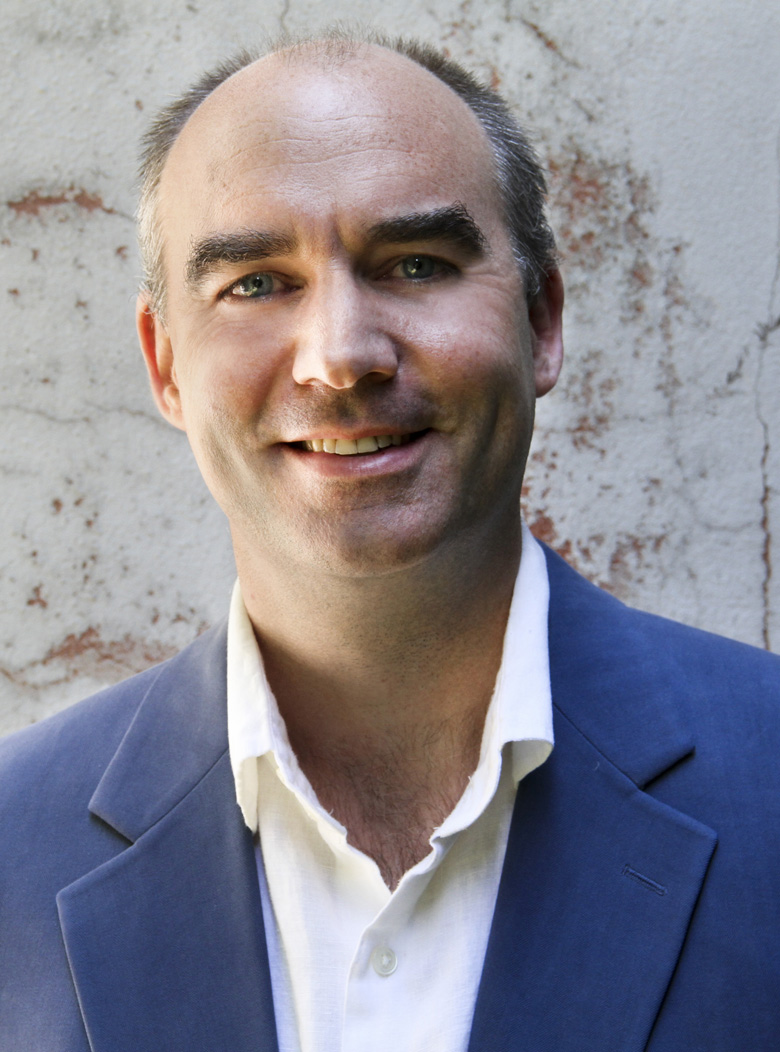
What's your role at Bridgeman Images?
I work closely with our 2,500 Content Partners from around the world. As an image archive, the heart of our organization is the content we hold and our Content Partners who provide it. I ensure we fulfil their expectations. This includes revenue generation, global exposure and helping simplify their internal workflows.
The other critical part of my role is to set our strategy each year to fill content gaps and identify new partners we would love to represent. We factor in the market trends the sales teams are experiencing, general projections of image themes, plus analysis of searches on our websites.
I've worked at Bridgeman Images for many years in different countries, in both sales and content. So I can look at our content strategy from multiple territorial and industry perspectives. I started in our London office and relocated to our New York office in 2000.
What do you love most about your job?
The 3 Cs: content partners, clients, content.
I love getting to know our industry's wonderful community of creatives. I've watched a client perform in a Shakespeare play, been piped on to the Forbes yacht and met many fascinating people during our New York garden parties. After talking about sport with a wonderful magazine publisher I once found myself court side at Madison Square Garden watching the Knicks beat the Pacers in the playoffs!
A lot of us at Bridgeman Images have art history degrees. So being immersed in the breadth and depth of our archive's content is always a thrill. I have unique behind the scenes access at museums, archives and artists' studios. Glimpsing art and artifacts in the vaults that are often not accessible to the general public is a real privilege.
What misconceptions do people most commonly have about the archive?
People think we just specialize in famous masterpieces. But we have the most incredible treasure trove of art from private collections all over the world. Many have never been made available for licensing before. In 2001 we bought the 125 year old Giraudon archive. This turned us into a resource for photography, architecture and civilization as well as art.
My personal misconception is often forgetting the size of an original artwork. It's always such a surprise seeing the original in the flesh. Sometimes it's the size of a postage stamp or 30ft tall. If I don't step back from time to time, I assume everything is 8"x10" at 300dpi!
Ed's top picks from our archive
The Dance
My favourite works are as much about the stories behind them as the images themselves. So my first choice is Matisse's mural ‘The Dance’, created for the interior of the Barnes Foundation.
When we were discussing representing the Foundation's collection, I was invited to a private viewing of Dr Barnes' house. At the time it housed Matisse's mural. Their head of merchandising and I walked and talked amongst the artwork. When I'm knee-deep in contracts and tax documents, reminiscing about ‘The Dance’ helps enormously!

Right: Henri Matisse (1869-1954) Drawing with a Bamboo Stick, 1931, American Photographer / The Barnes Foundation, Philadelphia, Pennsylvania, USA
Northern Europe, from an Atlas of the World in 33 maps
I love the inventiveness and creativity of medieval and Renaissance maps. If only GPS devices had the same artistic license! What fun my children would have during our car journeys, warding off the meanest, baddest beasts approaching 50 yards on our right.
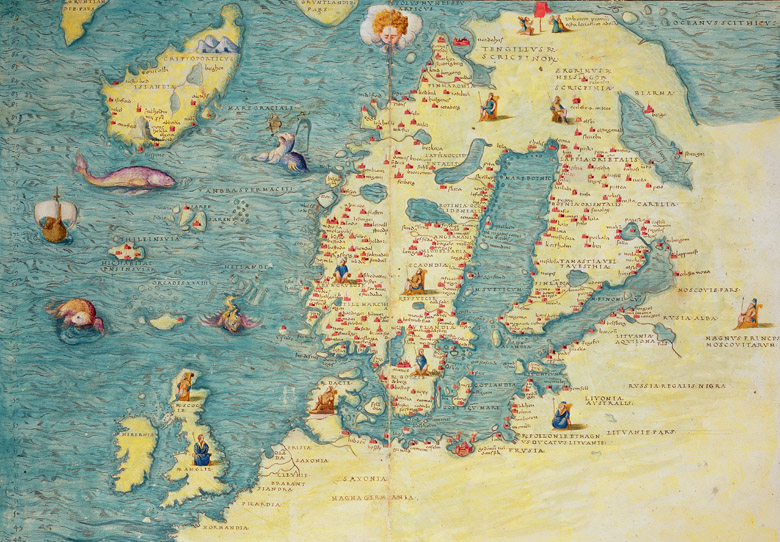
The Resurrection of the Soldiers
It is an honour for us to have been chosen to represent the Estate of artist Stanley Spencer. My parents live in the next door village to the Sandham Memorial Chapel. The symmetrical brick façade of the chapel gives no clue to the brilliance that lies within.
The entire cycle of paintings in the chapel demonstrates some of the best British art of the twentieth century. On the facing wall is this painting. Fallen soldiers climb out of their graves bearing white crosses and embrace their fallen comrades.
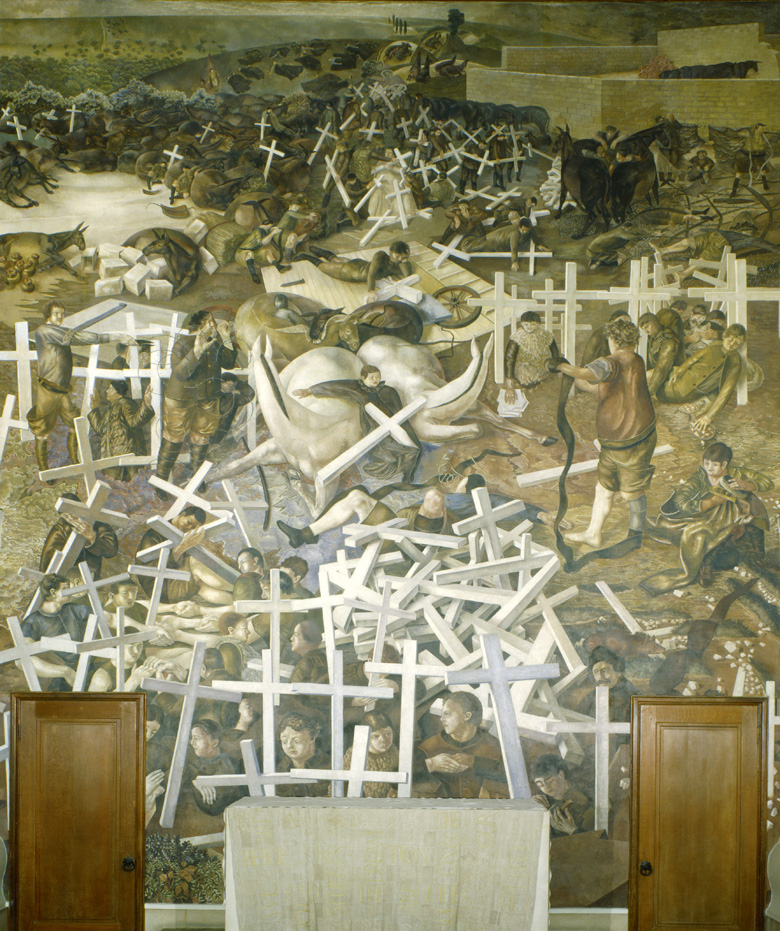
The Supper at Emmaus
From his scandalous life to mysterious death, I have always been captivated by the world of Caravaggio. This particular painting is one of my favourites. The intensity of the disciples’ reactions and emotions are so vividly displayed in the foreshortened arms of one and bent arms of the other. The drama is further heightened by the bowl of fruit teetering on the table's edge.
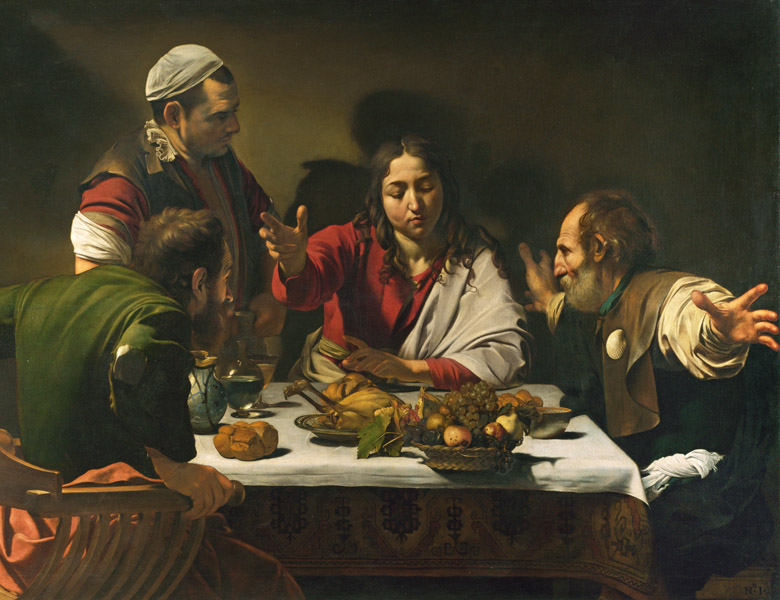
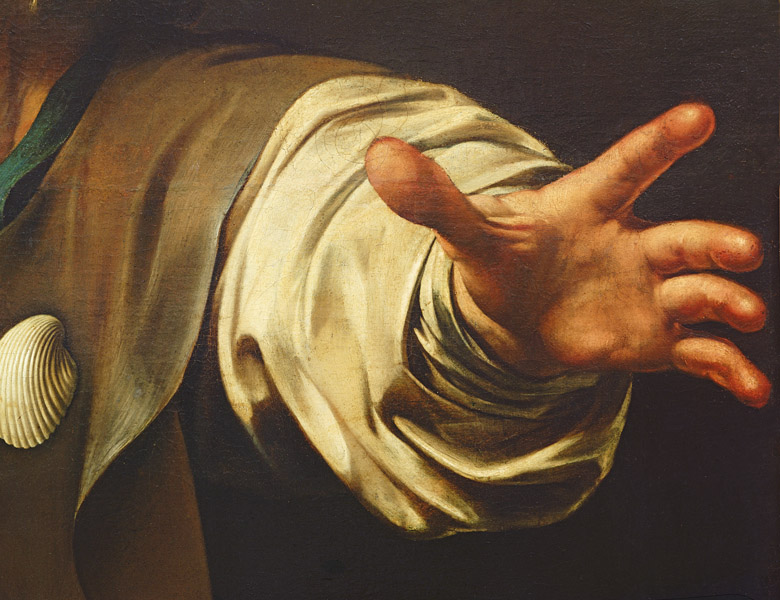
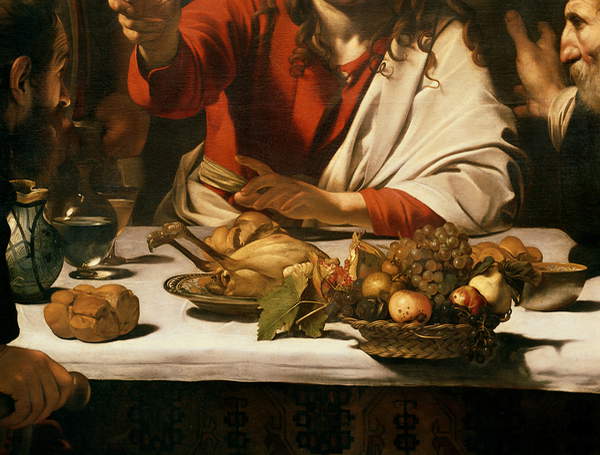
Of Bulls and Bears
The New York Historical Society was the first US collection I worked on when I moved to New York. I'd seen posters of this painting years beforehand but not appreciated the location of the original. I think it’s such a significant part of Bridgeman Images’s role to connect the collection with the client. This is a great depiction of the stock market struggles of the later part of 19th century America, but could just as easily refer to the start of the 21st.
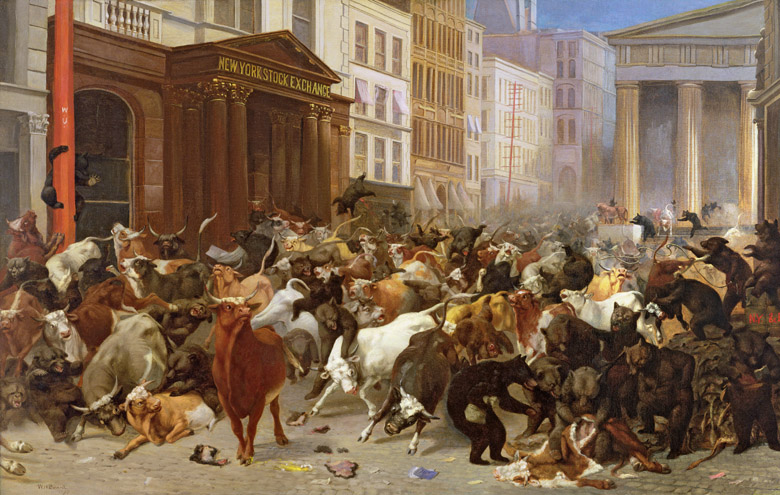
Clip: The Question
We represent an amazing animation archive from Halas and Batchelor. Started in the late 1930s, H&B are credited with creating the first ever British animated feature. This piece follows a man who discovers a question mark. He tries to work out what it means, resulting in an excellent satirical look at the meaning of life.
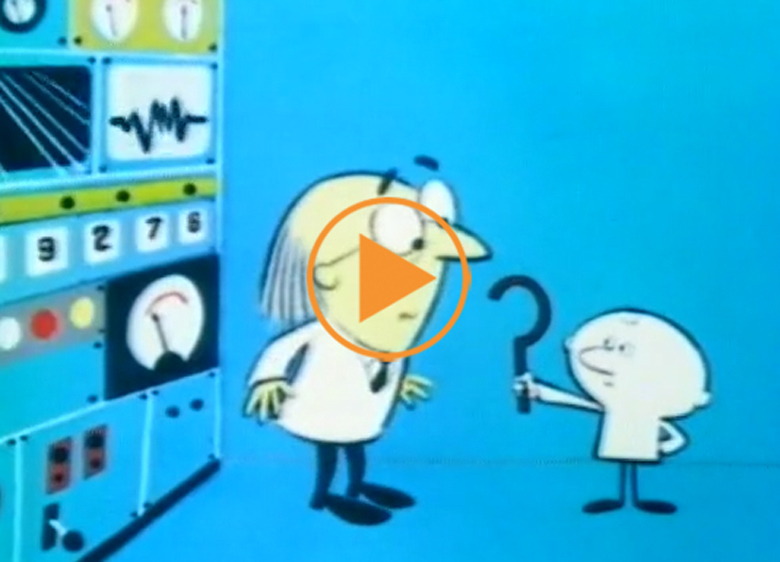
Find out more
Need help with a project? Can't find what you are looking for? New images and clips are being uploaded every day.
Just get in touch with our team of researchers and copyright clearance experts.


